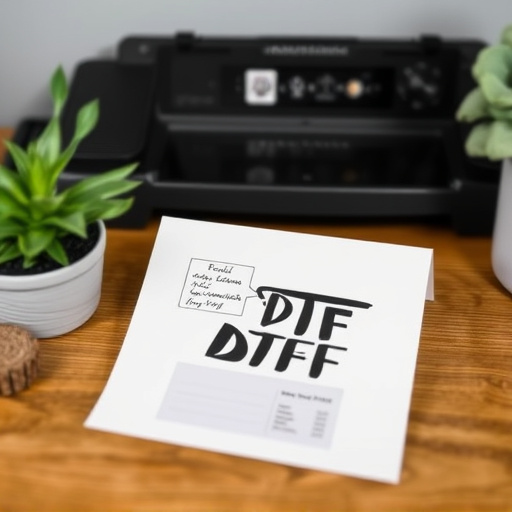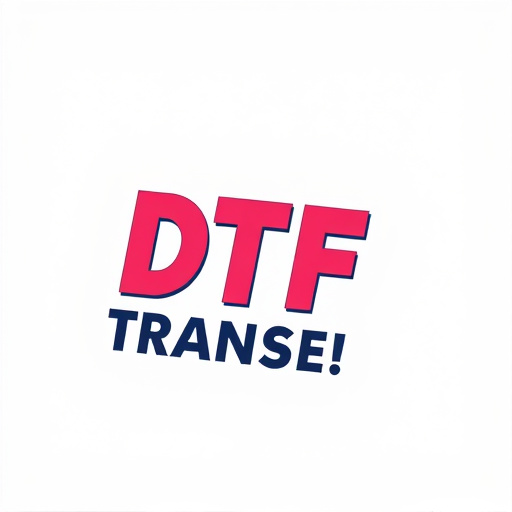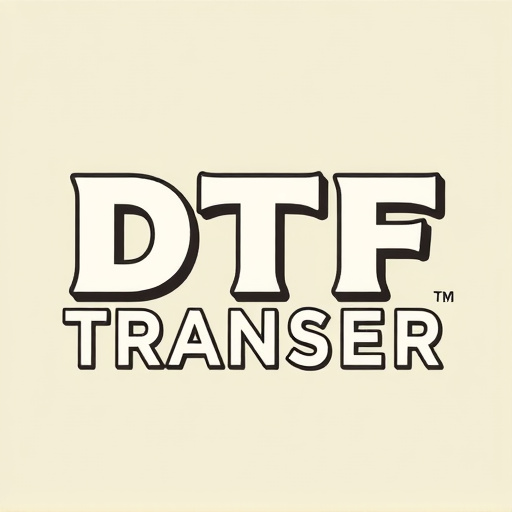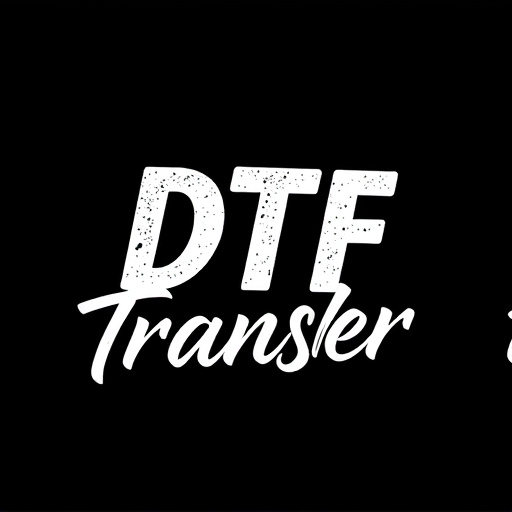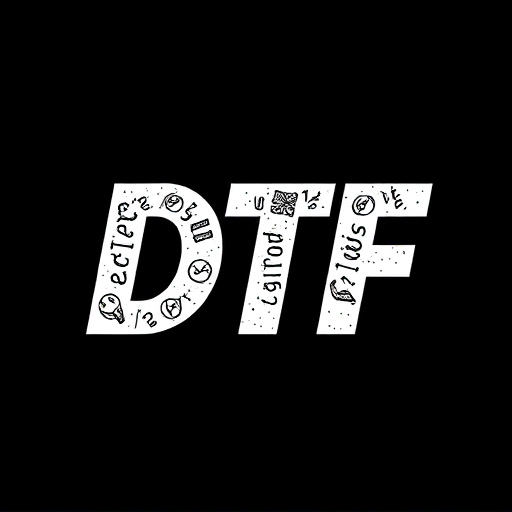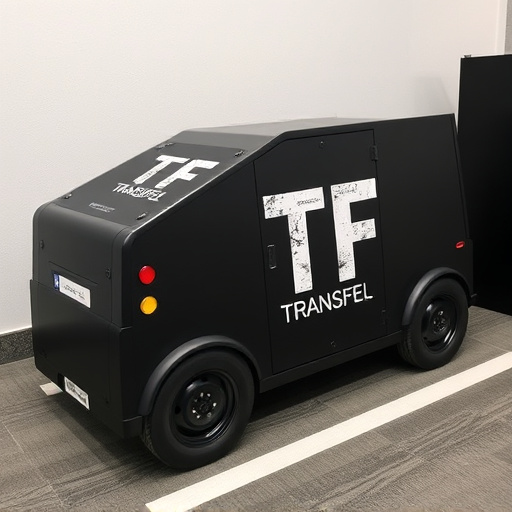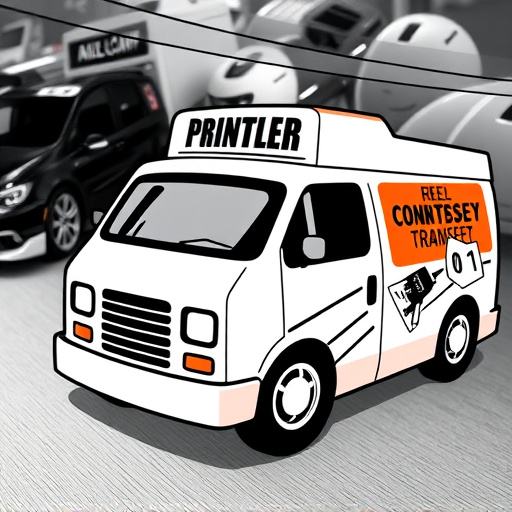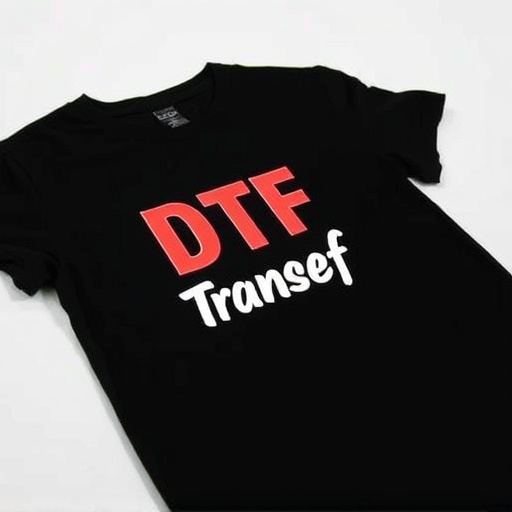Direct-to-film (DTF) transfers revolutionize visual creation with advanced printing tech, enabling high-quality prints on diverse media without intermediate steps. Versatile across sectors like photography, cinema, textiles, and advertising, DTF offers cost-effective solutions with faster production times and direct control over outputs. By eliminating traditional charges and preparation costs, DTF transfers provide an attractive option for efficient, high-quality printing. The future of DTF looks promising, with advancements enhancing accessibility and quality, empowering small businesses and individuals for custom printing.
Direct-to-film (DTF) transfers are transforming the printing industry by offering a streamlined, cost-effective solution for producing high-quality prints. This article provides a comprehensive overview of DTF technology, exploring its benefits, eliminating hidden charges, and guiding businesses in choosing the right DTF transfer solution. We delve into successful case studies and peek into future trends, ensuring you’re equipped with insights on DTF printing’s impact and potential. Discover how DTF transfers are revolutionizing print production, enhancing efficiency, and delivering exceptional results without extra preparation fees.
- Understanding Direct-to-Film (DTF) Transfers: A Comprehensive Overview
- The Benefits of DTF Transfer for Printers and Customers Alike
- How DTF Printing Eliminates Additional Preparation Charges
- Choosing the Right DTF Transfer Solution for Your Business
- Case Studies: Successful Implementations of DTF Technology
- Future Trends in DTF Transfers: What to Expect Next
Understanding Direct-to-Film (DTF) Transfers: A Comprehensive Overview
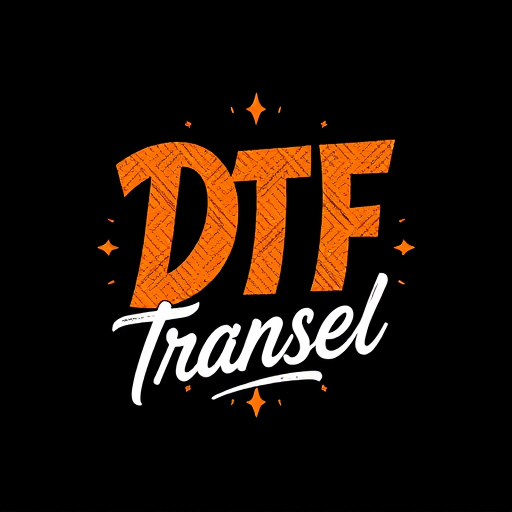
Direct-to-film (DTF) transfers are a cutting-edge printing technology revolutionizing the way we create and reproduce visuals. This innovative process allows for high-quality prints directly onto various media, eliminating the need for intermediate steps. In simple terms, DTF involves applying ink or dye to a substrate (such as film, fabric, or paper) using specialized equipment, resulting in precise and vibrant DTF prints.
Understanding DTF transfers is crucial for businesses and artists alike, especially with their versatility across industries like photography, cinema, textiles, and advertising. By skipping traditional printing methods and their associated charges, DTF offers cost-effective solutions. It ensures faster production times and direct control over the final output, making it an attractive option for those seeking efficient and high-quality DTF transfer services without hidden fees or preparation costs.
The Benefits of DTF Transfer for Printers and Customers Alike

Direct-to-film (DTF) transfers offer a seamless and efficient solution for printers and customers seeking high-quality prints without incurring additional preparation charges. This innovative process eliminates the need for complex setups, as images are directly transferred to various media, such as fabric or vinyl, via specialized printers. The benefits are numerous; for printers, it streamlines production, reduces setup time, and allows for faster turnaround times, enabling them to cater to a wider range of customer demands.
For customers, DTF Printing presents a cost-effective and versatile option. It enables individuals and businesses to create custom designs on a variety of surfaces with ease. Whether adorning clothing, crafting unique home decor, or producing promotional materials, DTF prints offer exceptional versatility. Moreover, the direct transfer method ensures vibrant colors and crisp details, resulting in visually appealing products that can enhance any brand or personal expression.
How DTF Printing Eliminates Additional Preparation Charges
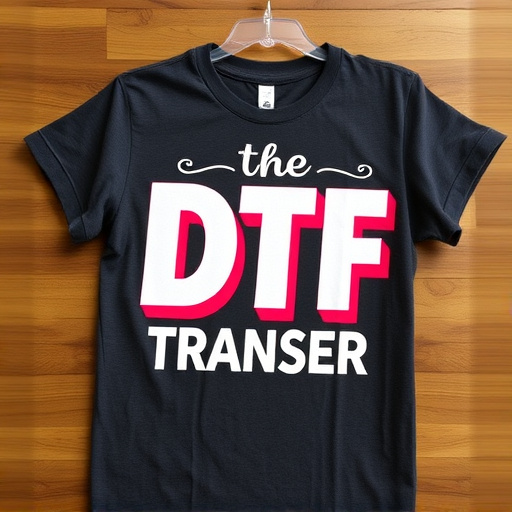
Direct-to-film (DTF) printing is a game-changer when it comes to eliminating additional preparation charges for film transfers. Traditional methods often incur hidden costs for complex preparations, but DTF offers a straightforward approach. This innovative technology allows for direct imaging on film stock, removing the need for intricate pre-processing steps. As a result, customers save money as there are no extra fees for things like emulsion coating or mask creation, which are common in other processes.
By using DTF Printing, the entire process becomes more accessible and cost-effective. It streamlines the workflow, reducing the time and resources typically spent on preparation. This not only benefits businesses offering film transfers but also ensures a more affordable experience for customers looking to preserve their memories or create unique prints.
Choosing the Right DTF Transfer Solution for Your Business
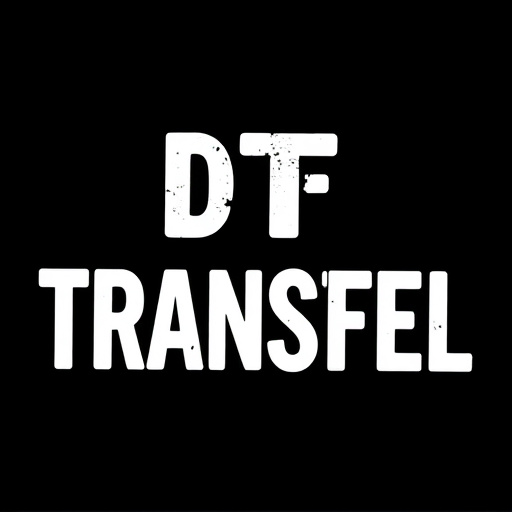
Choosing the right Direct-to-Film (DTF) transfer solution is a pivotal decision for any business looking to streamline its printing processes and cut costs. It’s essential to consider factors like your print volume, desired quality, and specific material requirements. DTF offers numerous benefits, including fast turnaround times, exceptional image clarity, and minimal setup fees, making it an attractive option for businesses of all sizes.
When evaluating DTF transfer solutions, look for providers that offer a range of options tailored to different needs. Some key features to consider are advanced printing technology for precise and vibrant DTF prints, eco-friendly materials to align with sustainability goals, and user-friendly software or support to ensure hassle-free integration into your workflow. Selecting the perfect DTF transfer solution will enable your business to maximize efficiency, reduce waste, and deliver high-quality products without incurring additional preparation charges.
Case Studies: Successful Implementations of DTF Technology

Direct-to-film (DTF) technology has seen some remarkable real-world applications, demonstrating its versatility and cost-effectiveness across various industries. Case studies of successful DTF implementations highlight its ability to streamline production processes and reduce overhead costs significantly. For instance, in the apparel industry, many clothing brands have adopted DTF printing for small-batch runs or custom designs. This approach eliminates the need for intricate setup charges, allowing businesses to offer more personalized, limited-edition pieces at competitive prices.
Additionally, DTF technology has found its place in signage and advertising. Outdoor advertisers can quickly produce high-quality, large-format prints directly on film, perfect for temporary or event-based campaigns. This method not only saves time but also minimizes waste compared to traditional printing methods. These successful implementations prove that DTF transfers are a reliable, efficient, and cost-efficient solution for various print needs, from fashion to advertising.
Future Trends in DTF Transfers: What to Expect Next

The future of Direct-to-Film (DTF) transfers looks bright, with continuous innovations promising to enhance efficiency and quality. As technology advances, we can expect DTF printers to become more accessible and affordable, making custom printing a viable option for small businesses and even individuals. This trend will democratize the market, allowing more people to create personalized items like t-shirts, mugs, and other merchandise with intricate designs.
Furthermore, future developments in DTF transfers may include improved ink formulations that offer richer colors, increased durability, and enhanced resistance to fading. Additionally, advancements in print heads and imaging technology could lead to faster printing speeds and higher resolution outputs, ensuring that DTF prints remain competitive with other custom printing methods. These trends suggest a promising horizon for DTF transfers, making it an exciting time for both established printers and aspiring entrepreneurs in the custom printing industry.
